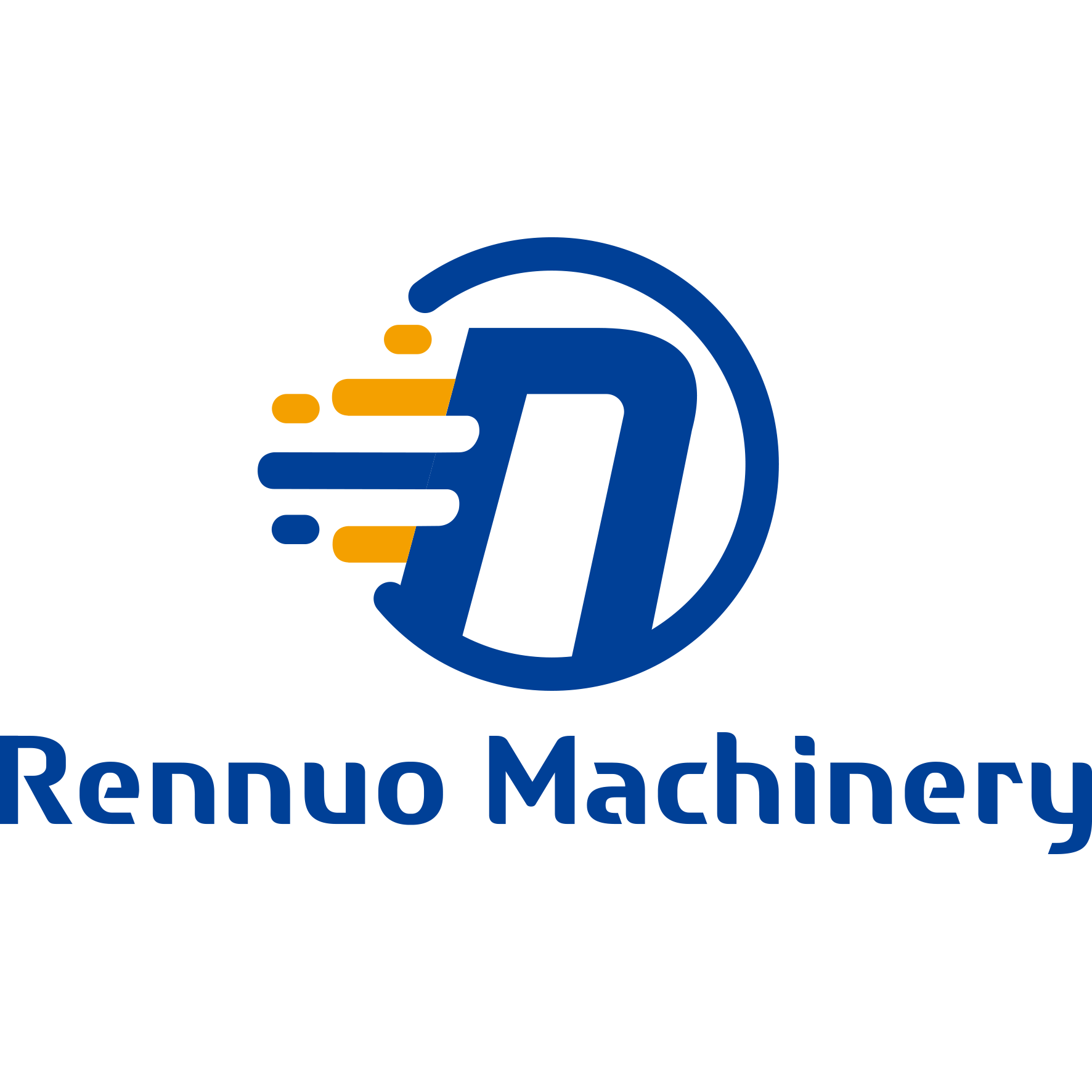In the field of construction equipment, second-hand excavator transactions have always been a large but problematic market. According to industry statistics, the global second-hand construction machinery transaction volume exceeds hundreds of thousands of units per year, of which excavators account for the largest proportion, but the information asymmetry problem in the transaction process causes both buyers and sellers to bear huge risks. How to solve this dilemma not only concerns the interests of individual traders, but also affects the healthy development of the entire industry.
The “lemon effect” dilemma in the second-hand excavator market
The “lemon market” theory proposed by economist George Akerlof has been fully verified in the field of second-hand excavators. Because sellers have more information about the true condition of the equipment than buyers, this information asymmetry leads to the frequent phenomenon of inferior products driving out high-quality products in the market.
Common information traps include: false reporting of working hours (by tampering with instrument data), concealing accident maintenance history, exaggerating mechanical performance parameters, and concealing structural damage. A dealer who has been in the industry for 20 years admitted: “At least 30% of second-hand excavators on the market have undergone ‘facelifts’ to varying degrees, and ordinary buyers cannot distinguish them at all.”
The direct consequence of this situation is that honest sellers find it difficult to obtain reasonable prices, and buyers fall into the dilemma of “buying is gambling”, which ultimately leads to low transaction efficiency and high transaction costs in the entire market.
Technology empowerment: digital tools break the information black box
In recent years, emerging technologies have provided new ideas for solving information asymmetry:
Blockchain traceability system: records the complete life cycle data of the equipment from the factory to each transfer, including maintenance records, parts replacement, usage intensity and other tamper-proof information. Komatsu has begun to pilot the blockchain equipment passport project.
Internet of Things monitoring technology: through sensors installed on the equipment, real-time data such as engine operating conditions, hydraulic system pressure, structural stress, etc. are collected to form an objective usage intensity assessment. Caterpillar’s Product Link system has accumulated a large amount of empirical data.
Artificial intelligence evaluation model: The automatic detection system based on computer vision can identify cracks and rust levels of structural parts; voiceprint analysis technology can diagnose potential faults in engines and hydraulic systems. The accuracy of the AI detection tool developed by Swedish company Bynova has reached 90% of the level of professional technicians.
3D visualization report: Replace the traditional text description, and use three-dimensional modeling to show the real status of every corner of the equipment. Buyers can “virtually disassemble” the key components of the equipment.
Institutional innovation: Building a standardized evaluation system
Technical means need supporting systems to maximize their effectiveness:
International unified evaluation standards: Drawing on the EU’s VERAM standard or the US EQUIP evaluation system, establish multi-dimensional rating indicators including power systems, hydraulic systems, structural parts, electrical systems, etc.
Third-party certification agencies: Develop professional equipment testing and certification services similar to the US Inspectorate or German TÜV, and assess the qualifications of assessors through unified training.
Quality assurance mechanism: Implement the “90-day warranty for certified equipment” system, with the platform or certification party bearing the initial risk to reduce the decision-making pressure of buyers.
Price discovery system: Establish a historical transaction database based on big data, and provide a reasonable price range reference based on equipment model, year, working conditions and other parameters.
Platform Revolution: Reshaping the Second-hand Equipment Trading Ecosystem
Emerging trading platforms are changing the traditional market structure:
Fully transparent auction platform: For example, each device of IronPlanet provides a complete report including 1000+ detection points, and allows buyers to inspect the machine on site. Its transaction price is 15-20% higher than that of traditional channels.
Equipment health management SaaS: Track and record the data of the entire life cycle of the equipment to provide a credible basis for subsequent transfers. Trimble’s VisionLink system has served more than 500,000 devices.
Financial insurance support: Cooperate with financial institutions to develop insurance products and financing solutions based on real data to lower the transaction threshold. Japan’s Sumitomo Mitsui Bank has launched a residual value guaranteed loan for equipment based on IoT data.
Community evaluation system: Establish a seller credit scoring mechanism, make historical transaction evaluation an important reference, and encourage sellers to pay attention to long-term reputation.
Future Outlook: From Trading Market to Value Network
Breaking information asymmetry is only the first step. The future second-hand excavator market will evolve into a multilateral win-win value network:
Data assetization: Equipment usage data becomes a tradable asset, and high-quality equipment gets a premium based on real data.
Remanufacturing industrialization: Accurate residual value assessment promotes the tiered utilization of core components and forms a circular economy model.
Global circulation: Standardized assessment system eliminates cross-border transaction barriers and achieves efficient matching of global supply and demand.
Service-derived value: Post-service (predictive maintenance, parts supply) based on equipment data becomes a new profit point.
Breaking information asymmetry will not only release the huge potential of the second-hand excavator market, but also promote the transformation of the entire construction machinery industry towards transparency, digitalization and sustainability. In this transformation, participants who adopt new technologies and new standards early will gain decisive competitive advantages, while middlemen who stick to traditional opaque transaction models face the risk of elimination. For both buyers and sellers, a more efficient and fairer market environment is gradually taking shape under the dual drive of technology empowerment and institutional innovation.

